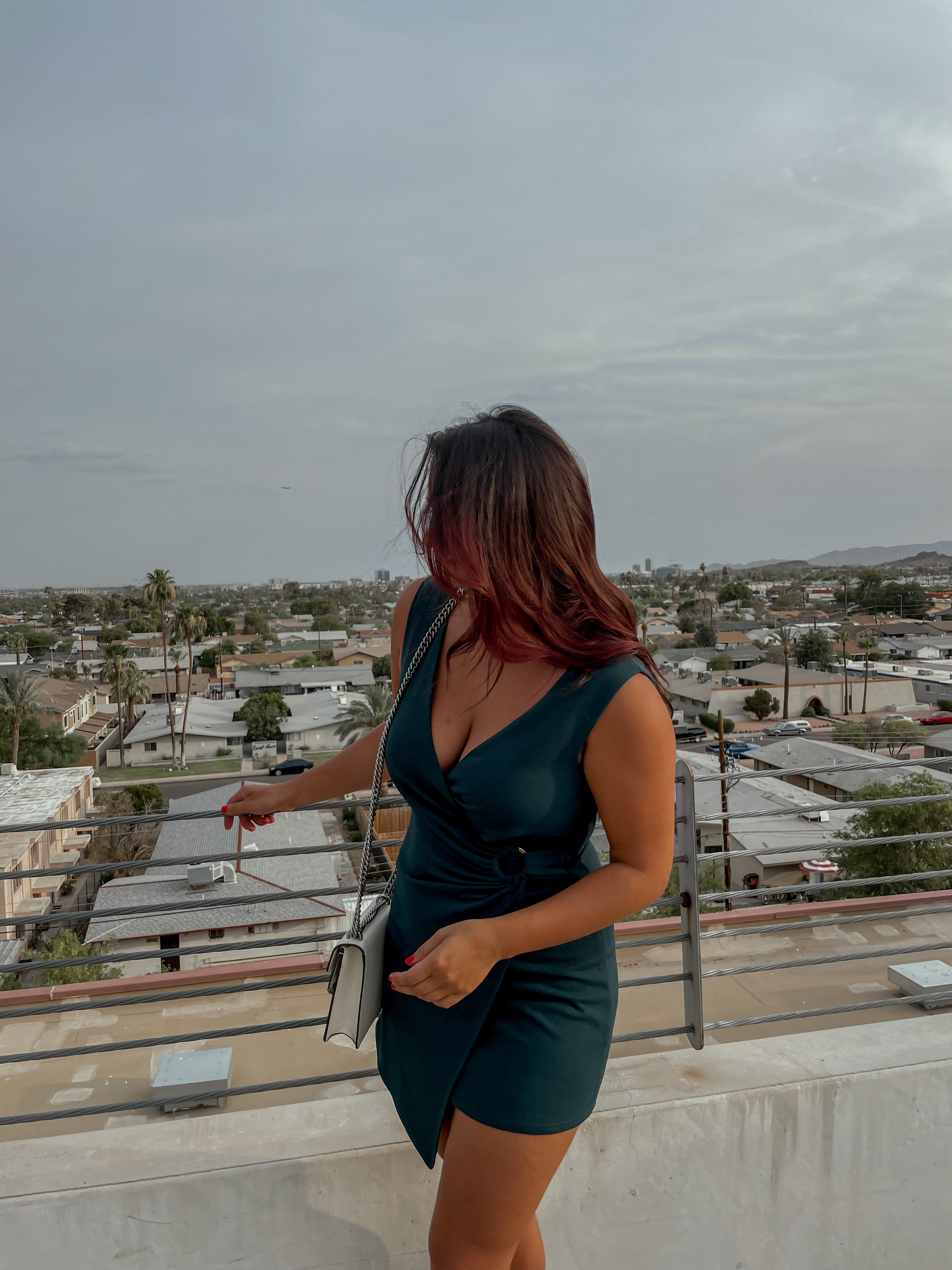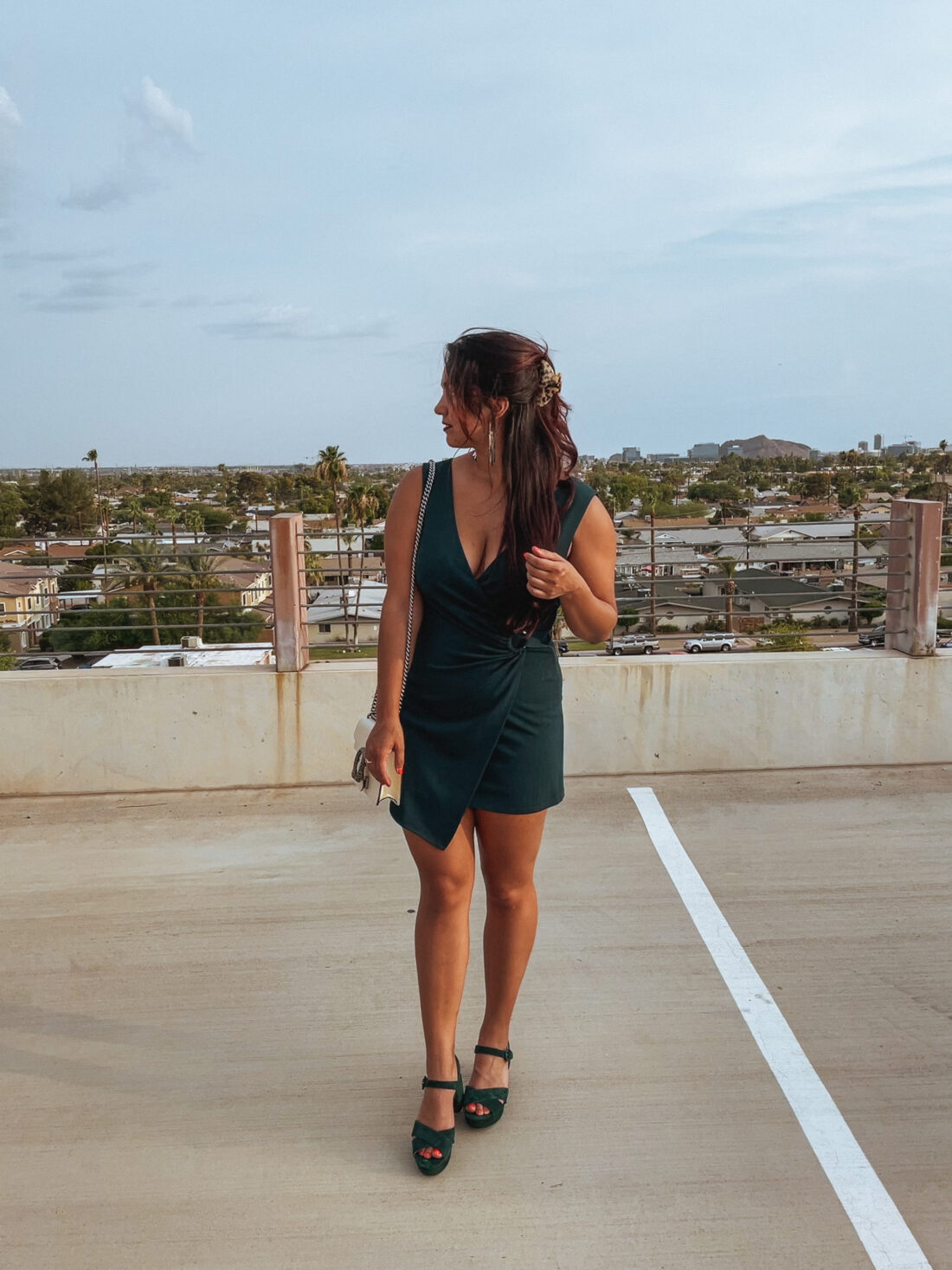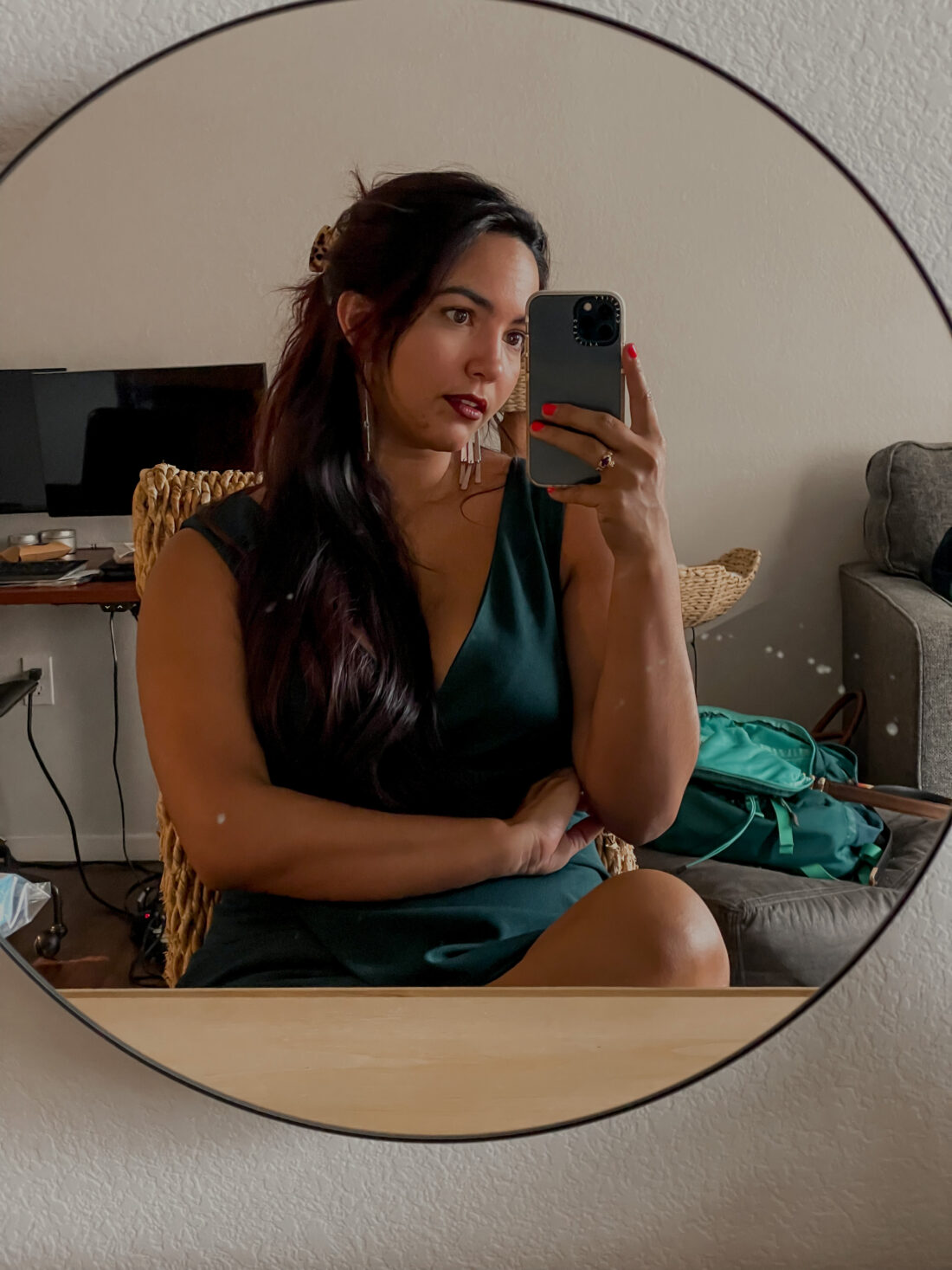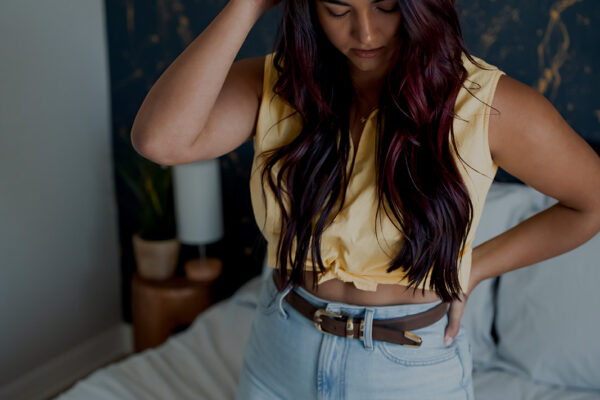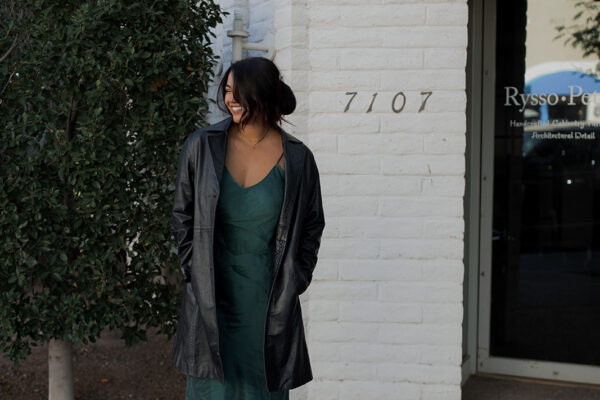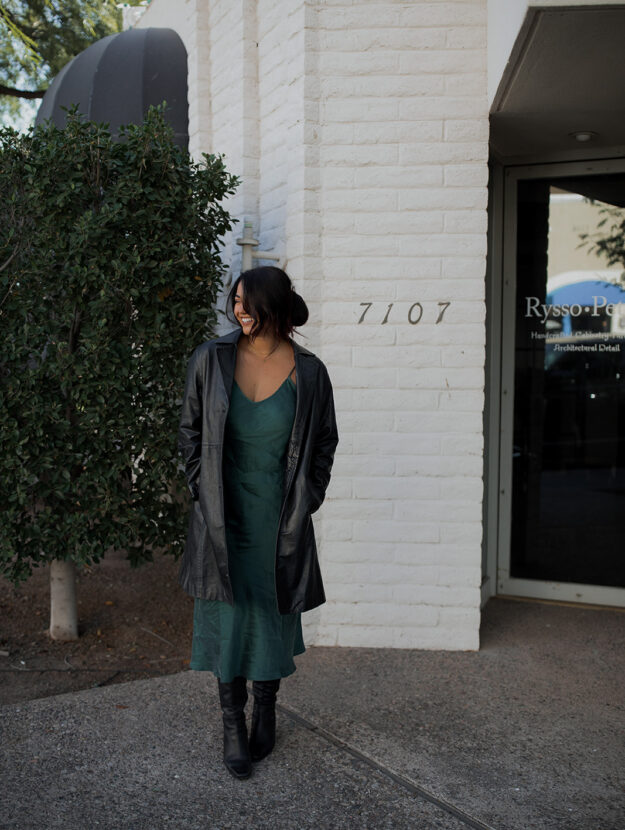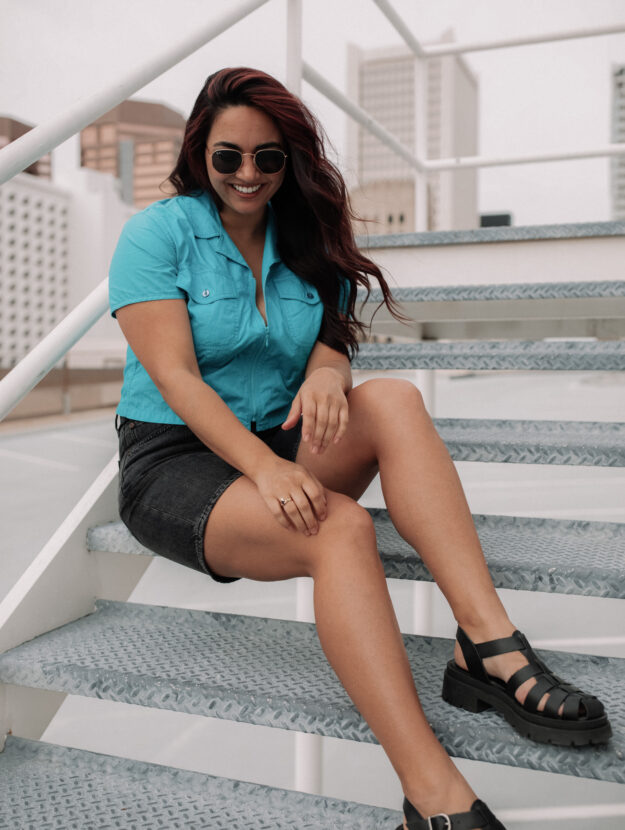Fast Fashion is an addictive cycle. Especially in the age of social media, it’s easier than ever to get caught up in trends that fade faster than everyone can get on board. Just think of how many trends have come and left on TikTok alone. While I’ve hopped on board some trends, like tennis skirts, I can think of how many I haven’t tried. From chunky rings to funky knit dresses, the 60s and 70s mico-trends have been on my radar, but I can’t imagine they have staying power. Could I be wrong? Sure. But that doesn’t really matter.
What is Fast Fashion?
Traditionally, the fashion industry was known for having two cycles: spring-summer and fall-winter. This is why Fashion Weeks around the world happen twice each year. Now, there are upwards of 52 fashion seasons each year. That a “season” for each week in the calendar year.
Fast Fashion typically describes the quick cycle of trends to retail stores, including a quicker, cheaper type of manufacturing. It brings trends to the consumer almost instantly and, often times, inexpensively. The low cost of clothing and continuous cycle of new releases leads to constant overconsumption and impulsive shopping habits. After all – the clothing isn’t expensive, right?
“The True Cost”
Almost everyone who dabbles in the slow fashion industry has heard of the documentary The True Cost. This was one of the first documentaries that exposed the “True Cost” of the fashion industry, including poor working conditions, below living wage pay for garment workers, end the environmental impact of the fast fashion industry.
I’ll just leave it here: the overall conclusion isn’t great.
Fashion is one of the most polluting industries in the world and impacts the lives of millions of people. Garment workers have died in factory accidents, have lingering effects from working in poor (toxic) conditions, and the environmental effects of producing (and later discarding) the poorly-made clothing are truly destroying our planet.
So what can I do?
As a consumer, the biggest sway you have is with your money. If brands find that they can continue using a business model that operates off the exploitation of others, they will continue to use that business model. This means that we have to look at other options and spend our money at companies who share the same values we do.
Shop Secondhand
One of the easiest ways to shop more sustainably is to shop secondhand. You can check out thrift stores or resale sites, like thredUP, Poshmark, and more. Essentially, by buying secondhand, you’re giving used clothing a second life, supporting the circular fashion economy, and keeping used clothing out of landfills.
Mend your own Clothes
Do you have anything in your closet that either doesn’t fit fell or would fit well if a few tiny alterations were made? You can bring those into a tailor (or do a little DIY) and give that clothing a longer life in your own closet. You may find that you end up wearing clothing a lot more because it fits well and makes you feel more confident.
Shop at sustainable brands
When you’re not able to find what you want secondhand or in your own closet, aim for spending your money at more sustainable brands like Reformation or Silk Laundry. At the end of the day, shopping at brands who share values in alignment with your own is the best way to make a statement as a consumer.
Rent Clothing
Plenty of companies exist now where you can rent clothing, such as Rent the Runway, Wardrobe, Nuuly, and more! Clothing subscriptions may be a great way for you to follow trends without buying a bunch of new clothing and save money and closet space in the long run. You’ll likely also have access to higher quality brands!
Spend money more consciously
While not always the advice people want to hear, the best way to be a consumer is to consume less. Before you make a purchase, consider at length whether it’s something you will truly wear and want in your closet beyond just a short timeframe. Ask yourself questions like “is this a trend?” and “where do I see myself wearing this?”

